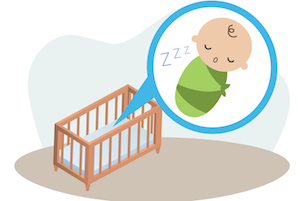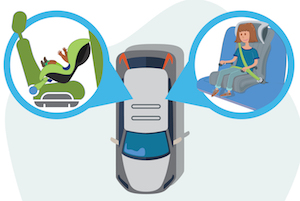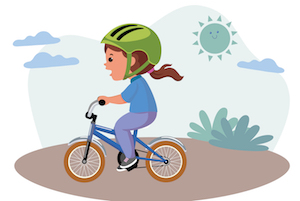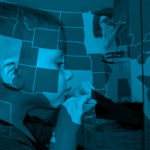Many childhood injuries are preventable if you know the risks

As the seasons change, Dr. Lois Lee can predict that certain types of injuries will appear in the Emergency Department at Boston Children’s Hospital. “Some things happen every year,” she says. In the cold months, for instance, children come in with head and neck injuries and broken bones, from winter sport accidents. In warmer weather, serious injuries occur when children fall from windows after screens they were leaning against give way.
Other injuries don’t rely on the seasons, particularly those that involve kids in cars. Whether it’s because a car seat was not installed properly or because a teen driver was taking risks behind the wheel, motor vehicle crashes are a leading cause of injury for every age group.
While many children heal completely after an unintentional injury, others are not so lucky. “I don’t think many people realize that more children die from preventable injuries than all other causes combined,” says Dr. Lee.
Prevention strategies for every age
What can parents do to protect their children from accidental injury without living in constant fear? Dr. Lee recommends that parents focus on specific risks based on their child’s age. For instance:
Infants

Parents should take steps to prevent suffocation when sleeping for children under age 1. To prevent suffocation, sleeping infants should sleep on their backs in an otherwise empty crib with a firm mattress and no blankets, bumpers, or pillows.
Toddlers
Toddlers are curious and like to put things in their mouths. Get down on the floor and look for anything that could choke them or make them sick. This includes things like magnets and lithium batteries. Then put those things out of reach. In addition, make sure your children don’t play near open windows.
Children 2-9

To protect your child from injuries from motor vehicle crashes, keep them in a rear-facing car seat until they reach the maximum height and weight limit suggested by the manufacturer. Keep older children in a booster seat until they are at least 4 feet, 9 inches tall.
Children 10-14

Around this age, many kids don’t want to wear bike helmets anymore. But when worn properly, bike helmets reduce your child’s risk of head and facial injuries if they get in a crash on their bike, so it’s worth it to keep insisting.
Teens 15-19
Motor vehicle crashes are the leading cause of injuries and death to teenagers. Teach your teen to wear their seatbelt and never text and drive, and set a good example by following your own advice. If your child decides not to listen, make sure there are consequences, such as losing driving privileges for a week.
More resources
Parents can find more tips on how to protect their children from accidental injury through these trusted sources:
- The Injury Prevention Program at Boston Children’s
- Injury prevention by sport from Boston Children’s Sports Medicine
- Injury Free Coalition for Kids
- American Academy of Pediatrics
Promising signs
While much room for injury prevention remains, there’s hope that years of educational efforts are paying off. “We are seeing signs that more kids are being placed in car seats properly,” Barbara DiGirolamo, injury prevention specialist with Boston Children’s Injury Prevention Program. “I like to think that is due to awareness campaigns.”
Learn more about the Injury Prevention Program.
Related Posts :
-

Cannabis edibles: Keep kids safe from adult 'treats'
Candy and chips aren’t necessarily for kids anymore. These days, a chocolate bar, gummy, or bag of cheesy treats ...
-

Child access prevention laws spare gun deaths in children
Child access prevention (CAP) laws are on the books in half of U.S. states. They are meant to protect ...
-
-

Guide to car seat safety
Whether you've begun your morning by driving down the street to the grocery store or embarking on a cross-country road-trip, ...




